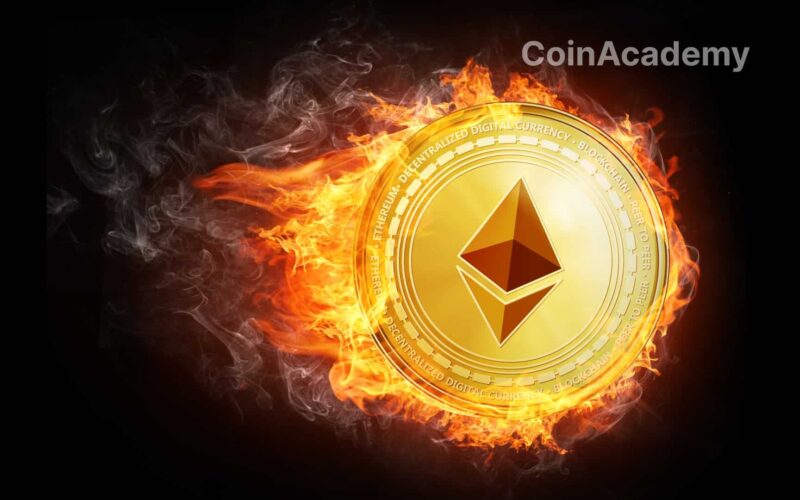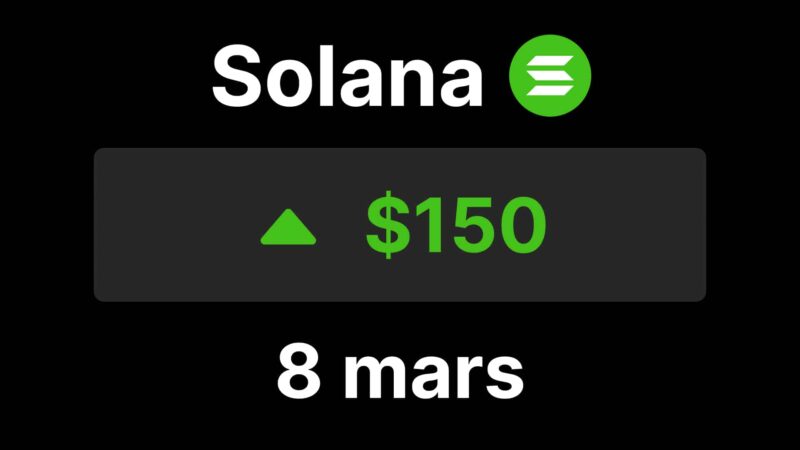The transaction fees on the Ethereum network have reached their highest level in eight months due to the excitement surrounding a new unofficial experimental token standard, ERC-404. On February 9th, gas prices peaked at 70 gwei (equivalent to $60 for a standard transaction), with spikes reaching 377 gwei, marking an unprecedented intensity of fees since May 12th, 2023. This surge in gas fees coincides with the emergence and growing enthusiasm surrounding ERC-404 in the cryptocurrency sector.
The ERC-404 Wave Explodes Ethereum Network Fees
On February 5th, a project named Pandora launched this experimental standard, resulting in over a 6,000% price increase and generating over $474 million in trading volume. ERC-404 aims to link non-fungible tokens (NFTs) ERC-721 to ERC-20 tokens, facilitating the creation of fractionalized NFTs, allowing multiple wallets to own a portion of a unique NFT and use that portion for trading or as collateral for loans.
Despite using the “ERC” prefix, this new type of token remains unofficially named. One of the developers behind the Pandora project, known as “ctrl”, mentioned actively working on reducing gas costs with the objective of optimizing adoption and integration by protocols. In some cases, these optimizations could reduce gas fees by 300 to 400%.
Ethereum Network and Uniswap Facing Euphoria
According to PopPunk, co-founder of the gas auditing firm Gaslite, an ERC-404 token would consume approximately three times more gas than an average NFT transaction. The majority of network usage on February 9th was driven by increased activity on the decentralized exchange protocol Uniswap, where a significant portion of ETH burned this week was used for transactions on this platform.
This activity is largely due to significant trading volumes generated by Pandora, DeFrogs, and several other ERC-404 projects, resulting in a combined trading volume of over $600 million in the last week, according to on-chain data.




